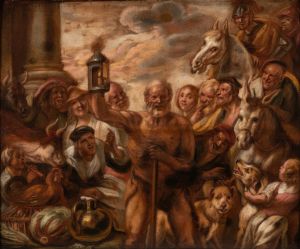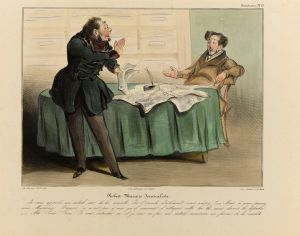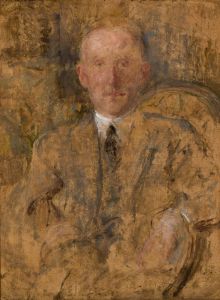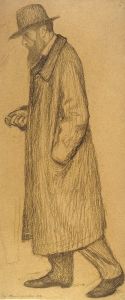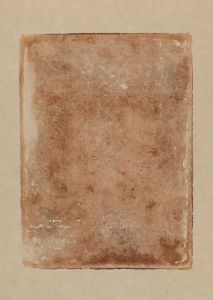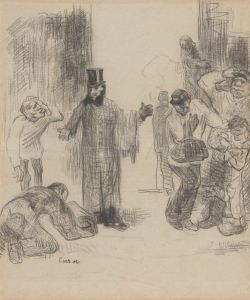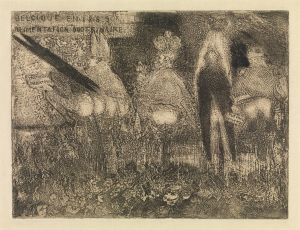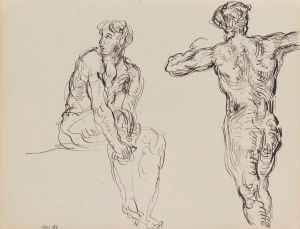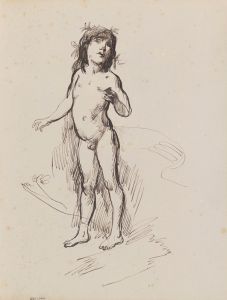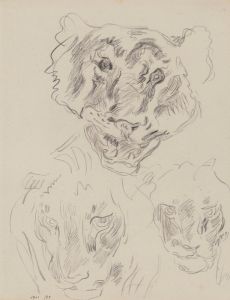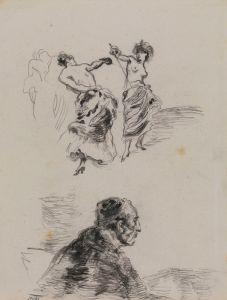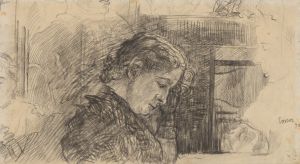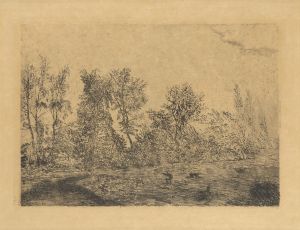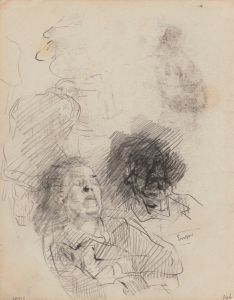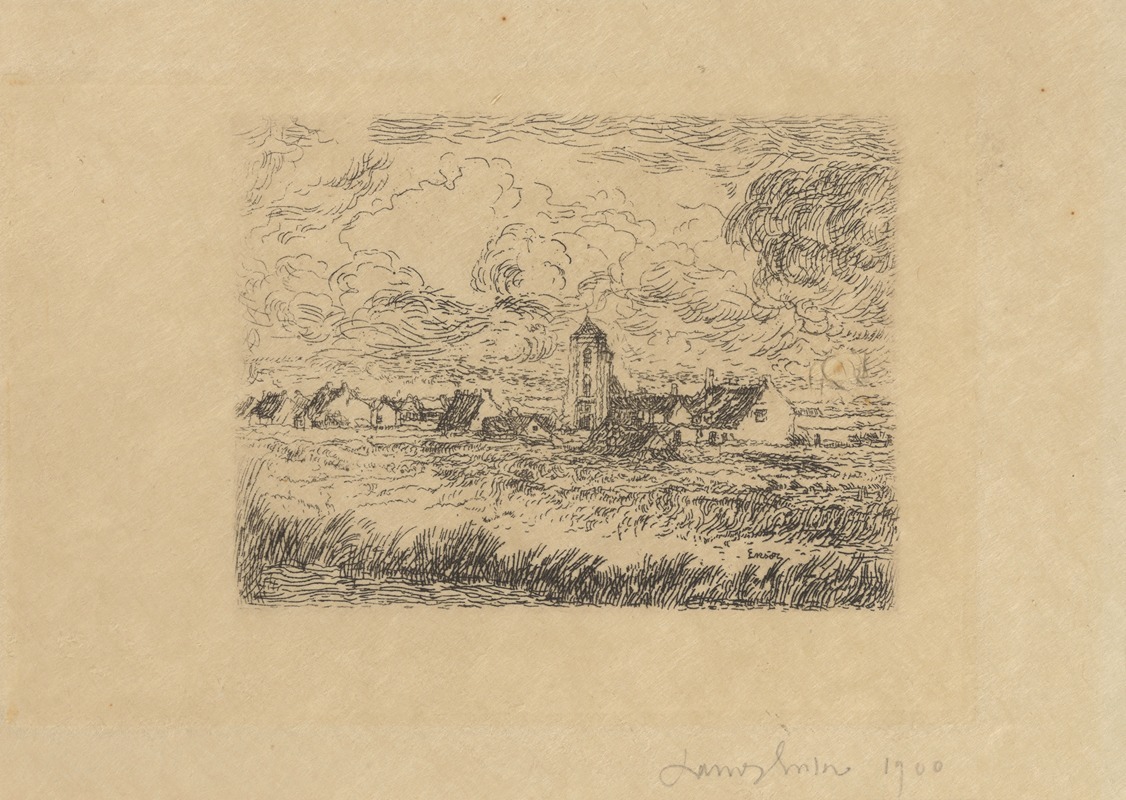
Klein gezicht op Mariakerke
A hand-painted replica of James Ensor’s masterpiece Klein gezicht op Mariakerke, meticulously crafted by professional artists to capture the true essence of the original. Each piece is created with museum-quality canvas and rare mineral pigments, carefully painted by experienced artists with delicate brushstrokes and rich, layered colors to perfectly recreate the texture of the original artwork. Unlike machine-printed reproductions, this hand-painted version brings the painting to life, infused with the artist’s emotions and skill in every stroke. Whether for personal collection or home decoration, it instantly elevates the artistic atmosphere of any space.
James Ensor, a prominent Belgian painter and printmaker, is known for his innovative and often avant-garde contributions to modern art. One of his lesser-known works, "Klein gezicht op Mariakerke," reflects his unique style and artistic vision. This painting, like many of Ensor's works, captures the essence of his surroundings and his distinctive approach to depicting them.
James Ensor was born in 1860 in Ostend, a coastal city in Belgium, and spent much of his life there. His upbringing in this seaside town greatly influenced his work, as he frequently drew inspiration from the local landscapes and the vibrant life of the area. Ensor's art is characterized by its bold use of color, expressive brushwork, and often fantastical subject matter, which set him apart from many of his contemporaries.
"Klein gezicht op Mariakerke" translates to "Small View of Mariakerke." Mariakerke is a district in Ostend, known for its picturesque coastal scenery. Ensor's choice to depict this area is consistent with his tendency to focus on familiar locales, imbuing them with his personal artistic interpretation. The painting likely captures a scene from this coastal region, showcasing Ensor's ability to transform ordinary landscapes into extraordinary visual experiences.
Ensor's work often straddled the line between realism and symbolism, and "Klein gezicht op Mariakerke" is no exception. While the painting might depict a real location, Ensor's treatment of the subject matter is likely to reflect his imaginative and sometimes whimsical style. His use of color and form often conveys a sense of mood and atmosphere that transcends mere representation, inviting viewers to engage with the painting on an emotional level.
Throughout his career, Ensor was associated with the avant-garde movement in Belgium, particularly as a member of the group Les XX (The Twenty), which was founded in 1883. This group of artists was dedicated to promoting innovative and non-traditional art forms, and Ensor's work was a perfect fit for their exhibitions. His paintings, including "Klein gezicht op Mariakerke," often challenged conventional artistic norms and pushed the boundaries of what was considered acceptable in the art world at the time.
Ensor's legacy is marked by his influence on later movements such as Expressionism and Surrealism. His willingness to experiment with form, color, and subject matter paved the way for future generations of artists to explore new artistic territories. While "Klein gezicht op Mariakerke" may not be as widely recognized as some of his other works, it remains an important piece within the context of his oeuvre, illustrating his deep connection to his environment and his innovative spirit.
In summary, "Klein gezicht op Mariakerke" by James Ensor is a testament to the artist's unique vision and his ability to capture the essence of his surroundings through his distinctive style. The painting reflects Ensor's connection to the coastal region of Ostend and his broader contributions to the development of modern art.





